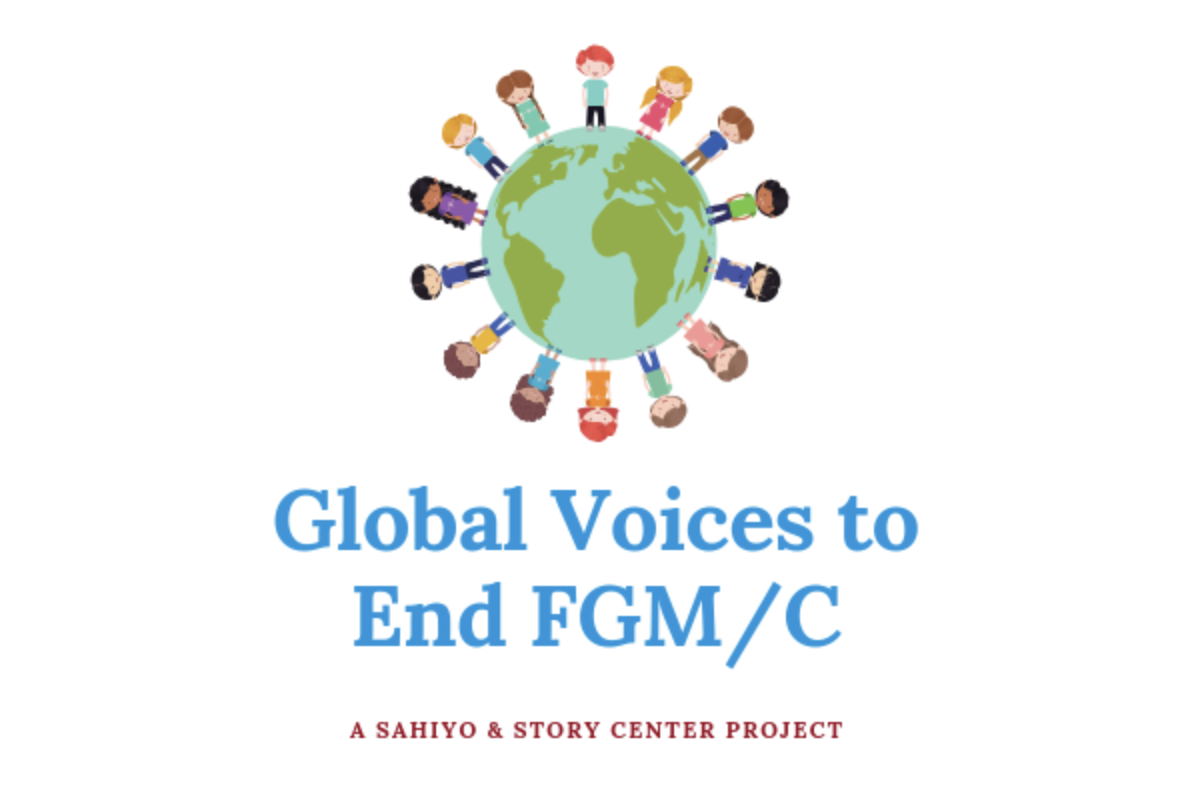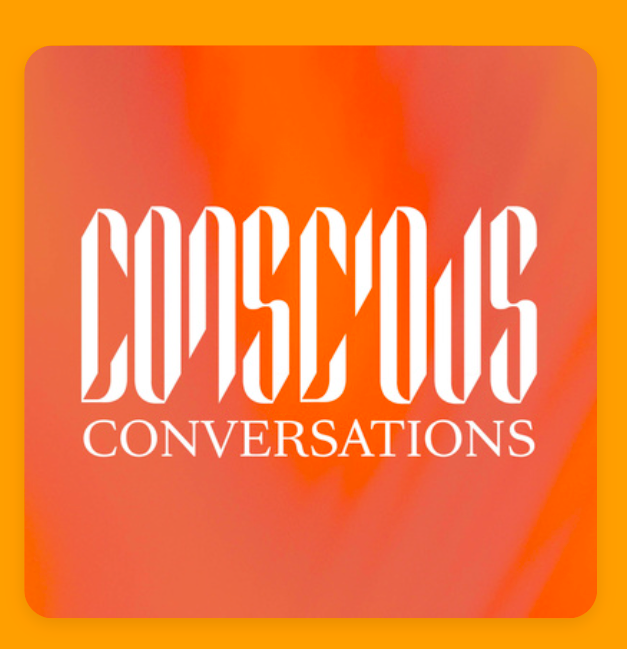By Nicole Mitchell
Many communities struggle to accept female sexuality even in today’s modern world. While it is common to see female sexuality in pop-culture, this doesn’t necessarily reflect a universal acceptance. Frequently, a woman’s value is tied to her “purity” or virginity. This prejudice manifests in obvious ways, such as female genital cutting (FGC), and in more subtle ways like teaching women and girls that their worth is tied to their abstinence. These methods of oppression are also not mutually exclusive and occur in many communities around the world including the Western, Christian community.
Evangelical America
I grew up as a minister’s daughter and one of eight children with five sisters and two brothers. My dad was a minister at an evangelical church in Boston, Massachusetts. While the evangelical movement is considered to be one of the more progressive, modern branches of Christianity, we still subscribed to such beliefs that a woman ought to be submissive to her husband by honoring him as head of the household, church and state. If you were to ask my dad and other fellow religious leaders their opinions on this now, they would probably avoid the question. Over the years, evangelical Christians have softened their voices, particularly in regard to the role of women and the LGBTQ community. This may be attributed to the growing resistance from millennials and younger generations against exclusive ideologies.
As a young girl, I was taught that men and women had different, God-given strengths. Examples of female strength focused on traits such as empathy, caring and kindness, whereas male strengths included leadership, power and physical prowess. While men and women could embody both traits, such as being an empathetic leader — I was taught that a woman could never lead over a man. Essentially, the message was that women aren’t really leaders; they can just help organize other women. When I questioned this, I would often have scripture cited to me: “Let a woman learn quietly with all submissiveness. I do not permit a woman to teach or to exercise authority over a man; rather, she is to remain quiet” (1 Timothy 2:11-12). Even more blatantly, “Wives, submit to your own husbands, as to the Lord” (Ephesians 5:22-24). This belief was demonstrated in both my dad’s church I attended and in the larger, global ministry we were a part of, as there were no female head pastors. Women could be guest speakers during services, but never the head of the church. This idea that certain personality traits are reserved for specific genders, specifically leadership and power belonging to men, highlights a deeper division in how communities view a woman’s overall personhood and more specifically, her sexuality.
The concept of a person being both spiritual and sexual was never discussed in my upbringing. As a woman, I felt that acknowledging sexuality or sexual desires was in direct conflict with being spiritual; one simply could not be both at the same time. Consummating a marriage was fine, but admitting to having sexual urges was considered not godly (i.e., Christian). Leaders and parents exhibited different attitudes in the way a boy versus a girl would be treated when admitting to participating in sexual acts or behavior.
“Boys will be boys,” was the typical attitude when a young man admitted to sexual behavior before marriage. However, if a girl was promiscuous, within the church and my community, there was a substantial attitude of judgement toward her as if she was now deemed unclean, even sometimes suggesting that she was at fault for the boys “mistake” because of the clothes she wore or the way she carried herself. This wasn’t a direct principle preached in sermons; but it demonstrated the way purity and modesty were so heavily emphasized in my childhood. I know my brothers did not experience this emphasis, certainly not to the level I did. For example, every year my mom would take a few of my sisters and I to a women-only conference in New York called PureLife. Women from our global ministry would speak on a variety of topics with a focus on maintaining purity and a “clean spirit” with God. I remember the shame surrounding impurity was a heavy and distinct feeling. It is possible to surmise that when an idea is subtle or silent, it becomes more powerful because it is more difficult to challenge. This purity prejudice was further backed by scripture.
One of the most fundamental stories in the Bible about Adam and Eve, instructs that mankind was doomed due to a woman pursuing knowledge. Eve’s interest in the tree of knowledge is portrayed as her ultimate downfall. Much like I would have been disgraced for exploring my sexuality at a young age, Eve was banished from heaven for pursuing knowledge according to the story. One could even surmise that the Bible is alluding to sexuality, not knowledge, given the level of shame Eve received.
This idea that a woman should suppress her knowledge or sexuality is seen clearly in another important story in the Bible. The birth of Jesus Christ comes quite literally from a virgin mother. In theory, this teaches that the “ideal woman” would never explore her sexuality. After all, the “savior of the world” came from a “sexless” and “pure” woman. A woman pursuing her own sexuality or knowledge is not encouraged, but rather a sin. The Bible as it was written by men over time has a unique ability to reward submissive behavior, while inciting fear in women who might explore their own body. As a young Christian girl, it was clear my role model was to be Mary and not curious Eve. Again, while these principles were not overtly stated in the church, they were powerful, nonetheless.
Female genital cutting
The continuation of female genital cutting (FGC) in the modern world is further evidence of the oppressive undercurrent that defines a woman’s value based on her perceived purity. FGC is often practiced as a way to curb female sexual desires by preventing a girl or woman from becoming ‘unclean’ through procreation. While sometimes FGC is viewed as simply a way to preserve tradition, the root of that tradition comes from an attempt to control and suppress a woman’s humanity, which includes her sexual freedom.
To be human, is to acknowledge and cultivate all parts of yourself: the mental, the emotional, the spiritual and the physical. When a woman is taught to suppress her physicality or passion, she becomes divided within herself. A woman divided, is a woman denied her humanity. Passion, physicality and sexuality should not be shamed, but embraced. Women from all types of communities should be treated as equals and not as a shrine of virginity and purity. This pedestal is misleading and leads to harmful practices such as FGC. It is crucial that we end the shame linked to female sexuality in all communities and promote women’s rights to experience the fullness of what it truly means to be human.








